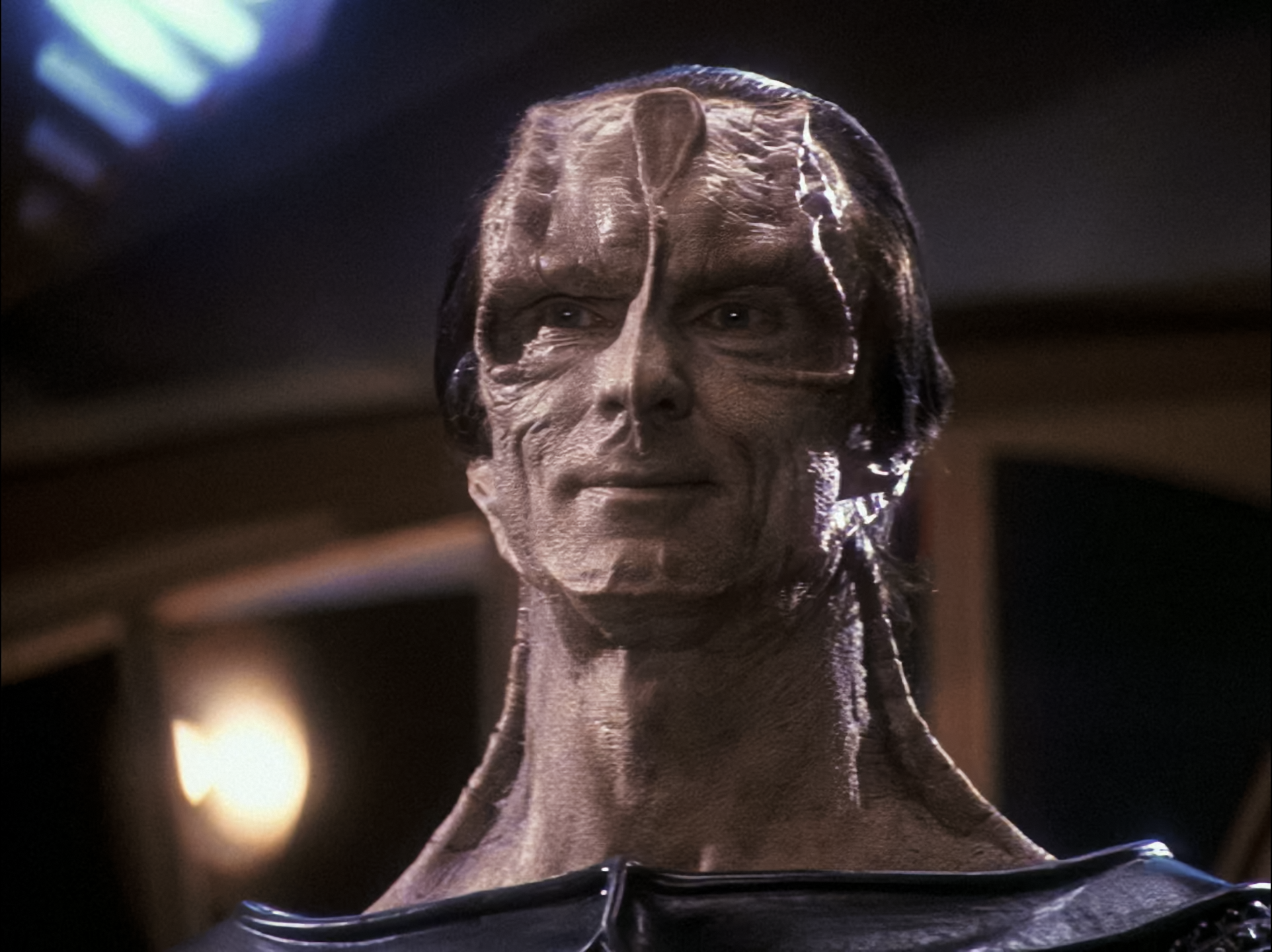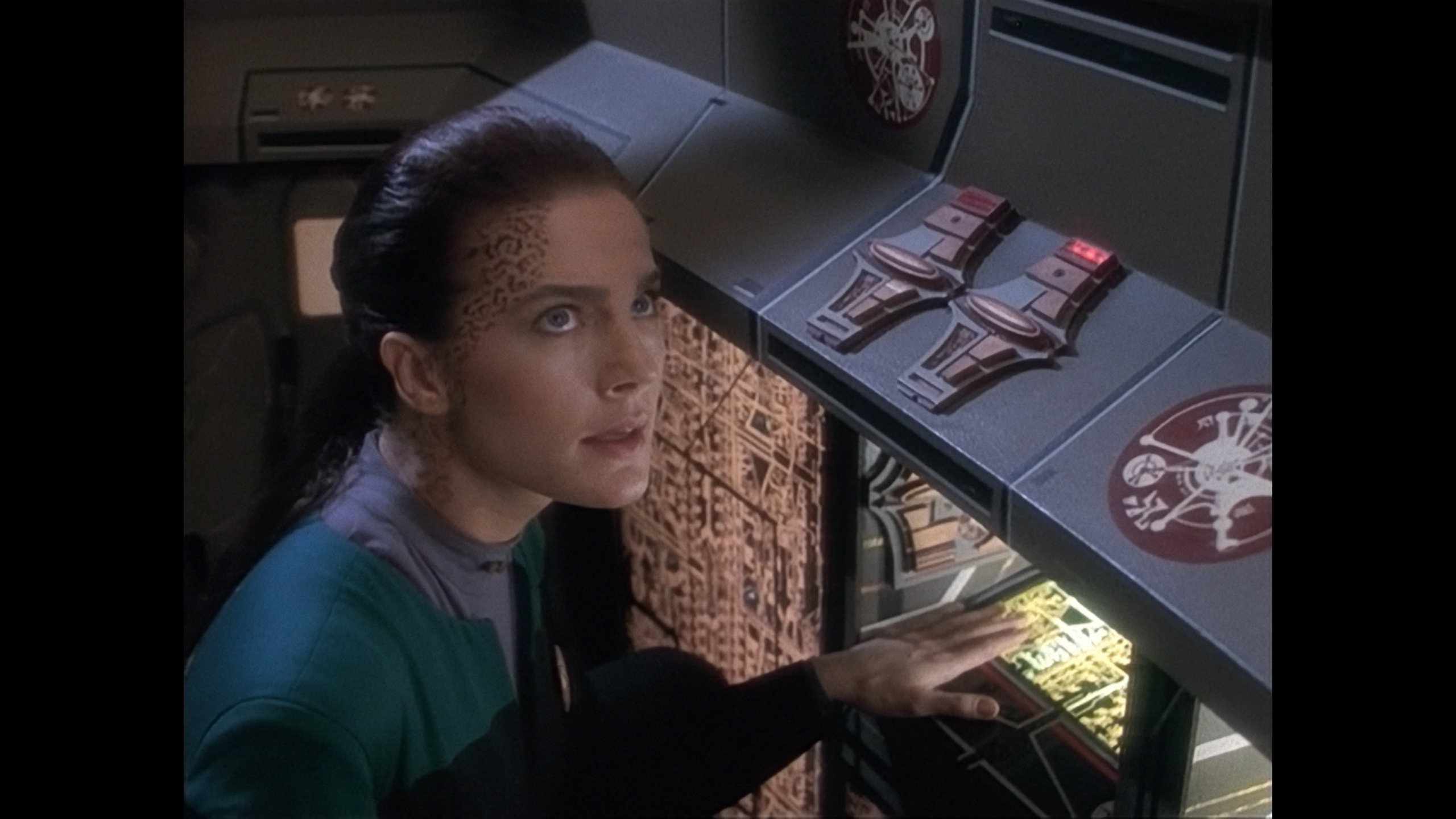

Yes sir, and it actually has better quality picture than the DVDs, although it is way more impractical and expensive.



Yes sir, and it actually has better quality picture than the DVDs, although it is way more impractical and expensive.



Watching that episode now




I must have missed something, what did they pioneer?


For PC I’d say 1999-2010 was absolutely amazing time to be a gamer. PC parts were dirt cheap, you could overclock the hell out of your hardware, and micro-transactions and pay-to-win didn’t exist.


Exiting the wormhole into the Gamma quadrant for the first time, to be exact.


That little detail was memory holed before the episode was even over.


It’s insidious!


Youtube’s encoder isn’t the greatest and degrades the quality of the video, so I have also uploaded it here


Thanks, I’ve got an early proof of concept as well, if you guys are interested:
https://mega.nz/file/UCVgDJTY#Rn2dyxHgTg67kg2EwQpehVej7KX3piYc8eHvDa3pMXU
It was deliberately left as unprocessed as possible, so it’s more of a demonstration of what’s there to work with, not what is possible with full reconstruction, and I have since enlisted the help of someone far more masterful than me to take over in that department so any final results will blow this away. One thing I will say is unfortunately the LDs are still plagued with the same source media issues (and are still in 480i format) that the DVDs are, so it’s not a perfect solution, but the digital compression is non-existent, YAY!
As for Voyager LD’s I have about 75% of them, they are incredibly rare and only available from Japan.


This is being researched and experimented with at this very moment. A couple episodes are currently in the testing phase.
Normally a DVD would win a matchup for PQ, except in rare instances, but there are a lot of problems with the ST DVD releases which evens the playing field.
Paramount jamming 4x45 minute episodes plus extras onto a single layer 4.7gb disc is a major one. This adds in a ton of lossy compression artifacts and degrades the image substantially. By comparison, the LD has 1 episode per disc and there is no compression because its analog (Not without its own downsides though).
Here’s a preview of a test render:



I should note that this image is not really representative of LD technology in it’s natural state. I am using a special device (Domesday Duplicator) that captures the raw signal from the laser sensor and dumps it to a disk for software decoding, thereby bypassing all the video circuitry. I also used Gigapixel AI to upscale the image to 4K, which works great, but you could get good results from regular scaling too.
This is the raw output from the decoder:



Here is a frame comparison from an LD I captured using a Domesday Duplicator, and a retail DVD
NOTE: (Both are were played back using the same settings in MPC-HC with mad-vr and scaled to my desktop resolution by the player)
LD

DVD

LD+Ai



A full HD remaster from the film reels would be amazing, but even just re-digitizing the master tapes would give an improvement. That wouldn’t cost more than a team full of interns and some computers.


LaserDisc stores the video signal in an entirely analog format on the disc, similar to a vinyl record but using lasers. In theory, under good conditions, the input signal is almost entirely reproduceable on playback (minus some degradation in the form of noise and dropouts).
The end viewing result should be something very close to the master tape that was used to make the LD discs, which in this case should be the same tapes used to broadcast the show on TV.
DVD uses the same resolution and video format as LD but digitized, so it’s pretty evenly matched and DVD has better numbers on paper, but where it fails is its use of lossy compression (MPEG2) to fit all that data onto a disc which visibly degrades the image quality quite a bit. This issue is compounded because they chose to jam multiple episodes onto a single 4.7gb disc plus various extras and bullshit resulting in even lower video quality.
If only Paramount would get off it’s ass and make a BluRay release…


Way better than what you can stream (so are the DVDs though), if you watch these discs directly on a retro Trinitron CRT or Plasma TV (I use a Plasma TV) with a good 3d comb filter, they look absolutely perfect, no exaggeration.
But, due to analog signal inputs being afterthought in modern LCD TVs, If you plug the player directly into a modern LCD TV it’s going to look like noisy, muddy, poop, unless you have an expensive video processor ($$$$). Which is why I don’t suggest anyone go down this rabbit hole, except for hardcore retro enthusiasts.
There’s also the problem of the final 2 seasons being missing due to LaserDisc production being stopped.


It goes something like this, capture to disk -> decode rf file to video and audio streams with ld-decode -> deinterlace and remove noise with Hybrid/Vapoursynth -> load into Topaz to boost res to 1620x1080 with proteus AI -> final editing, tweaking, and repairs with Premiere -> final encode to HEVC with Hybrid.
Note: For uploading to YT I doubled the resolution again to juice more bitrate out of their encoder. This doesn’t really improve the quality for normal files, so 1080p will probably be the max for regular files. If you try to go beyond that with topaz it starts ‘creating’ things to fill the pixels with and it looks artificial…


Yes sir, instead of pits and lands being 1’s and 0’s on the disc, they are variable length and distance apart which allows for an analog RF signal to be stored on the disc.


I might do one full episode as a test, I have another big project I need to finish first before I start another long term project.
Good news is, sound quality on LD is excellent, 2ch 16 bit 44100hz PCM with Dolby Surround.
Witcher 3: Lelelelele